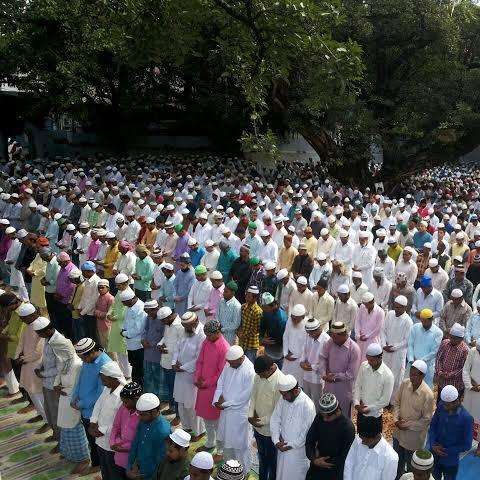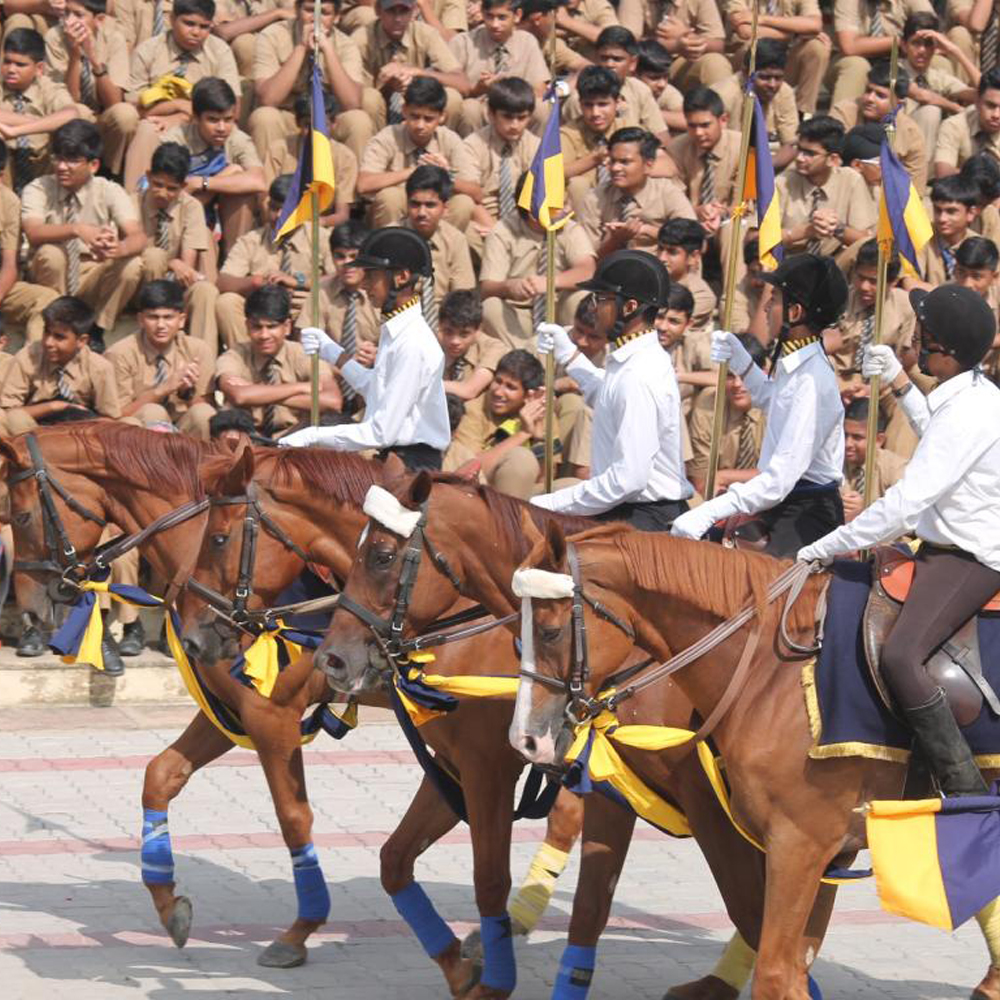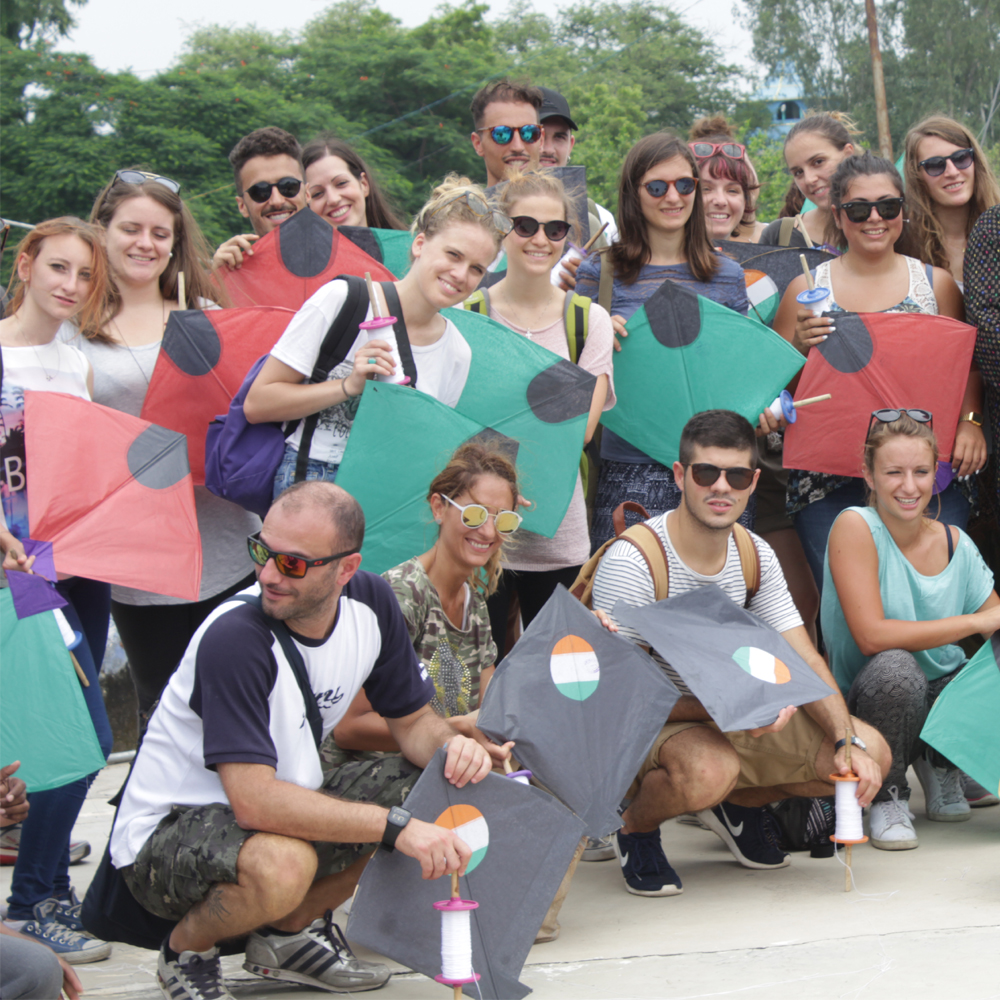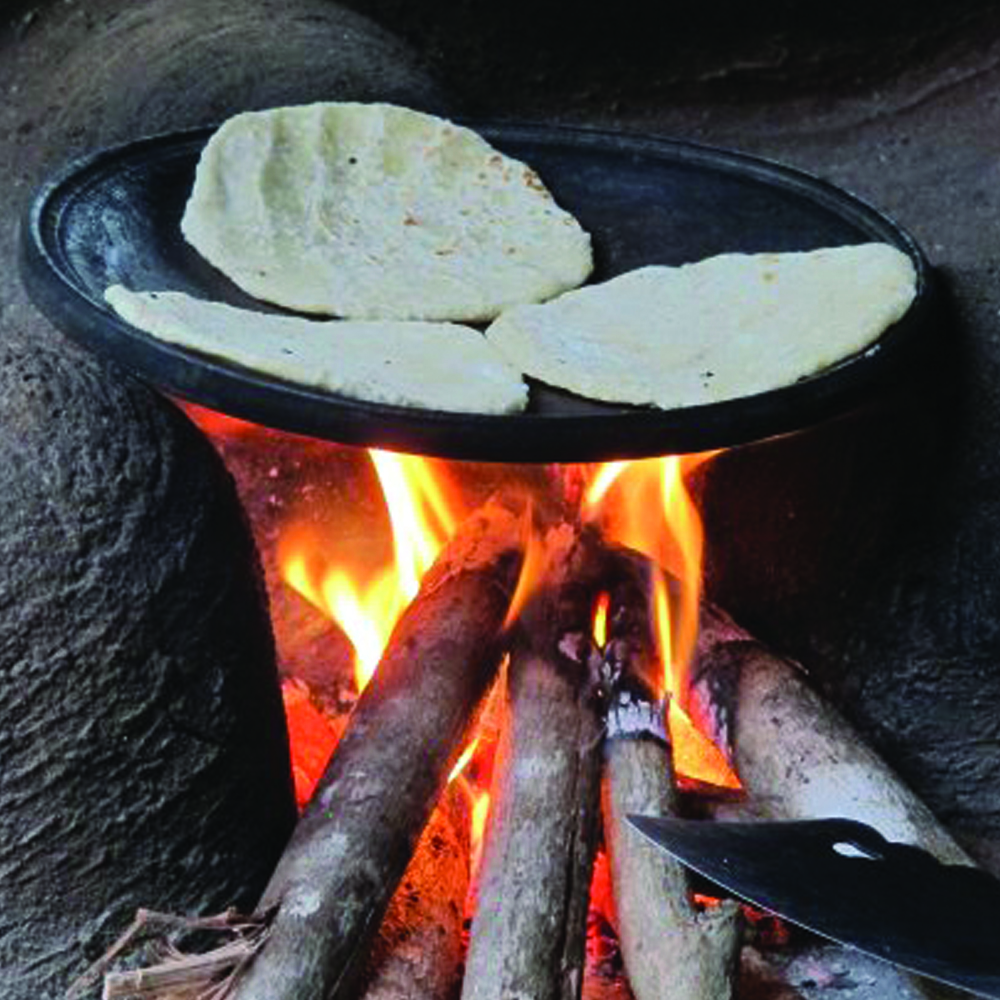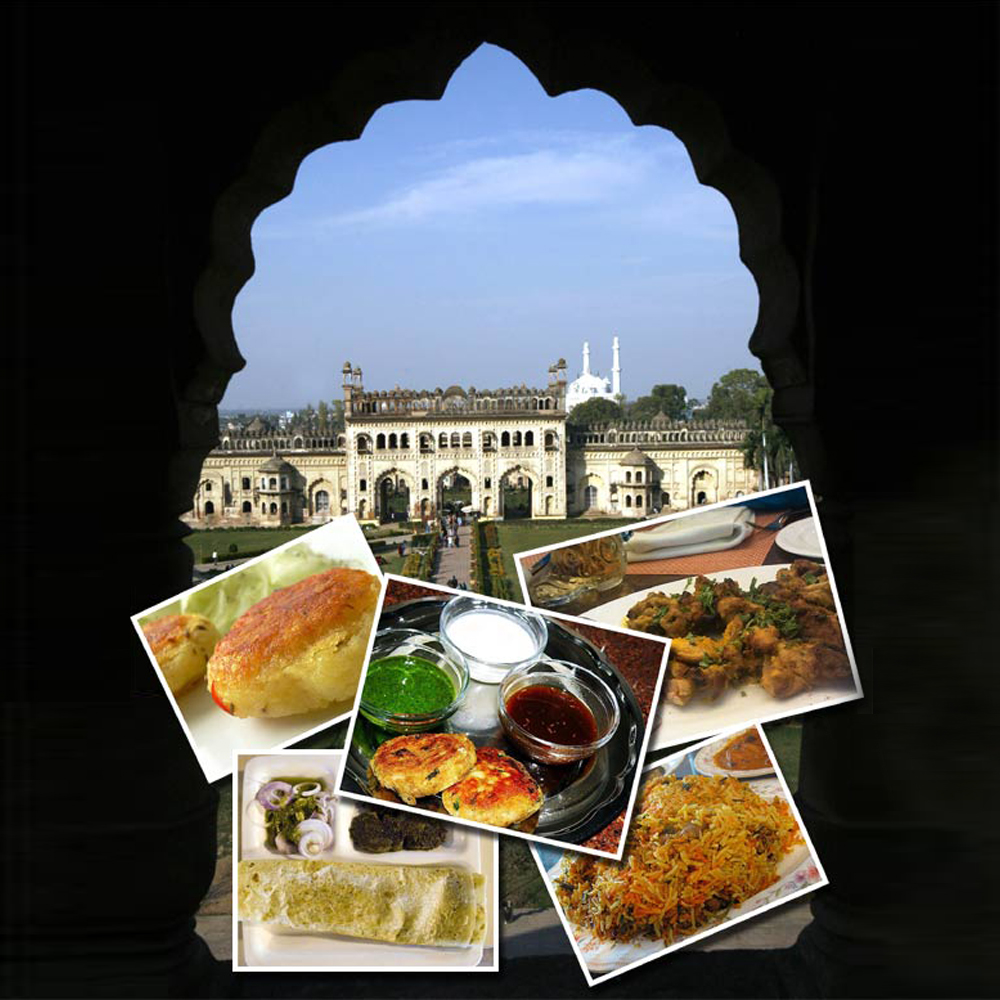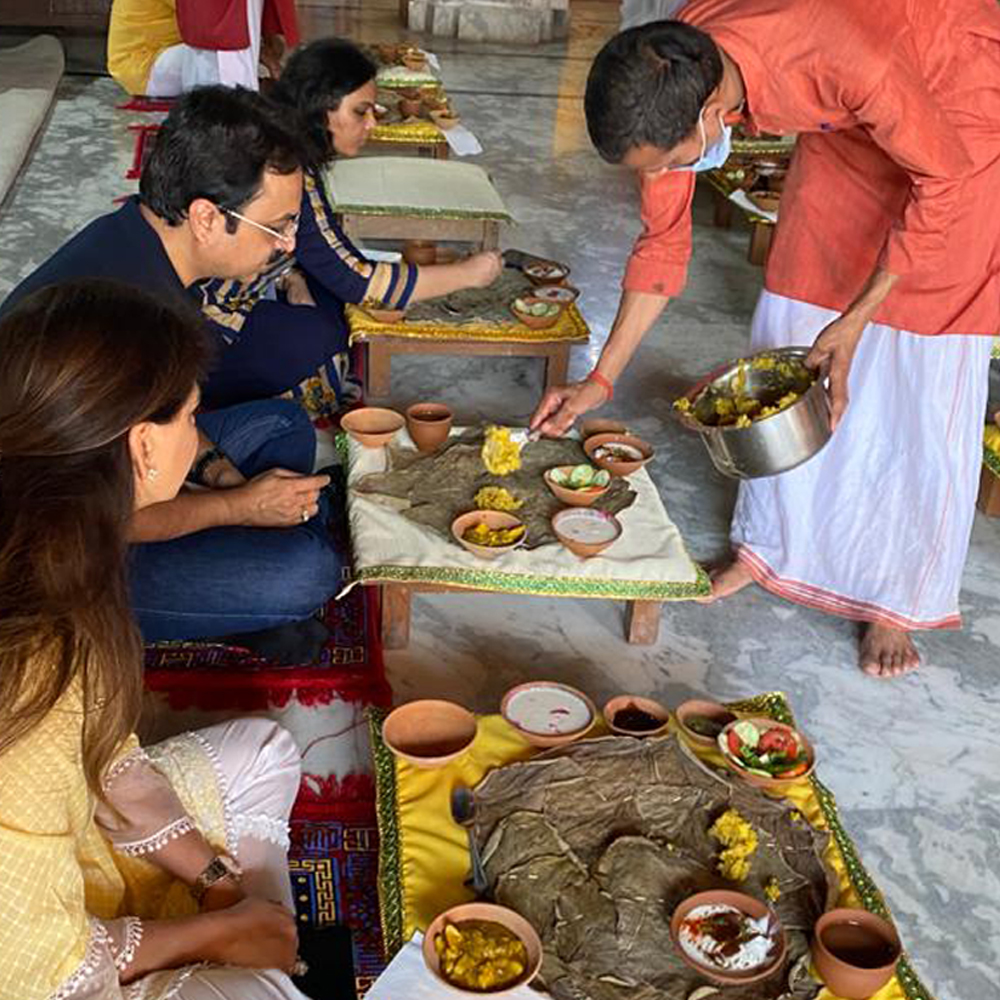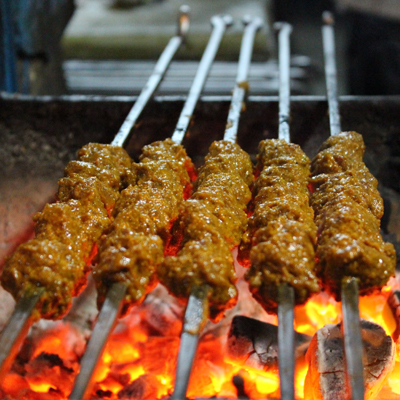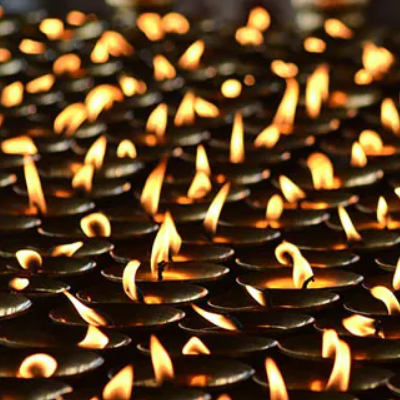Tea at La Martiniere
La Martiniere is no less than an artistically crafted wedding cake. This building built by a Frenchman is so breathtakingly beautiful that the mere sight skips a beat in your heart. In this 18th century monument you are served tea in a perfect British style as was done during the days of Raj in Lucknow.
The setting is so British and the ambiance breathtaking, to top it all you have an option to chat with the students who study at La Martiniere College, a legacy of Maj Gen Claude Martin, that according to his will is used as an educational institution.
At Tornos we have crafted this experience of enjoying your afternoon tea at La Martiniere. Guests get to interact with an old student and admire this great architecture of yore, that has absolutely no parallel in India. Better still, opt for a more elegant form, termed as the ‘Victorian Tea Party’, an opportunity for us to bring out our most elegant collection of china and silver and to engage in friendly conversation with the guests. When the weather is cool during winters, we have our tea out in the open under the warm sun. In summers, we shift it under a shady tree or better still inside the building. As the guests sip the delicate brew and enjoy light tea-time snacks, they are told more about the founder of this school, the system of British education that is followed here and the role of La Martiniere in the mutiny of 1857.
| Cost & Details : |
On request – info@tornosindia.com |
Read more about the origin and evolution of Tea Parties.
These parties were a social must among the British in India and more so in Lucknow that was the seat of the British Resident with a fairly large British and the Anglo-Indian population.
‘Afternoon Tea’ did not exist before the 19th century. At that time lunch was eaten quite early in the day and dinner wasn’t served until 8 or 9 o’clock at night. But it wasn’t until Anna, the seventh Duchess of Bedford, asked for tea and light refreshments in her room one afternoon, around 1830, that the ritual began. The Duchess enjoyed her ‘taking of tea’ so much that she started inviting her friends to join her. Before long having elegant tea parties was very fashionable. Demand for tea wares grew and soon there were tea services in silver and fine bone china, trays, cake stands, servers, tea caddies, tea strainers, teapots, and tea tables.
As times and lifestyles changed the popularity of the formal afternoon tea waned, but has seen a revival in recent years as people once again enjoy its elegance. A “Devon Cream Tea” or simply “Cream Tea” has recently been adopted where scones, with clotted cream and jam, are made the main attraction served alongside a steaming pot of tea.
Although we tend to associate dainty cucumber sandwiches and scones with afternoon tea, there is no set menu and it really depends on the time of year, the setting, and personal tastes. Sandwiches and scones are standard fare but other choices can include muffins, crumpets, bread and butter, cakes, cookies (biscuits), gingerbread, pastries, fruit, and a selection of jam and jellies, preserves, lemon curd, and clotted cream.
Taking center stage, of course, is the tea. Served from a teapot, the brewing of the tea is very important. First, rinse your teapot with warm water. Next, bring a kettle of water to boil and pour it over the tea leaves, letting it steep for three to five minutes. If using loose tea the rule is one heaping teaspoon of tea for each cup of water, plus one teaspoon “for the pot”.
At one time it was customary to first pour a little milk into the teacup. It was thought that the fine porcelain cup may crack if the hot tea was poured directly into the empty cup. Sugar was then offered in cube form, with tongs, or else granulated.
Normally the host or hostess pours the tea and serves the food. Guests can either be seated around a table or else in armchairs with an end table nearby for them to place their cup and saucer, teaspoon, plate, napkin, knife and fork.
A Bit of History…
According to a legend, tea was first discovered by Chinese Emperor Shen Nong in 2737 BC when some tea leaves floated into a pot of boiling water. It wasn’t until the mid-1600s, however, that tea finally reached England. Due to its sale being controlled by trade monopolies, and that it had to be imported from China via boat traveling around the Cape of Africa and then north to England, it was a rather costly commodity.
The first known record of tea being imported into England was the charter granted by Elizabeth I to The East India Company. This document recorded ships reaching England in 1637, but dealings with Chinese merchants did not appear until 1644.
The first merchant to sell tea was Thomas Garway who offered it in both a dry and liquid form at his coffeehouse in Exchange Alley in London. The popularity of the coffee house grew quickly and there were more than 500 in London by 1700. By the middle of the 18th century, tea replaced ale and gin as the nation’s drink. As with most customs in England, when having tea became an accepted practice of the Royals, it then spread down to the working classes.
Types of Tea Parties…
As supper normally was served at 8:00 or 9:00 p.m., having tea that was served along with light sandwiches and broths in late afternoon, helped ward off hunger until then. Two types of teas developed, one called a High Tea and the other called a Low Tea. The one most commonly served by the wealthy was called a Low Tea and revolved more on its presentation and conversation. The working classes would celebrate a High Tea, which was more of a meal including meats and vegetables as well as tea, cookies and fruits.
Is that so…
By the middle of the 18th century, the tax on tea had risen so high that tea smuggling began. This also lead to the product’s adulteration as it was a most profitable commodity. It wasn’t until Prime Minister William Pitt had the Commutation Act passed which cut the tax on tea from 119% to 12.5% that tea smuggling ended. Adulteration of tea continued however, until the English Food and Drug Act of 1875 that imposed heavy fines or imprisonment.









